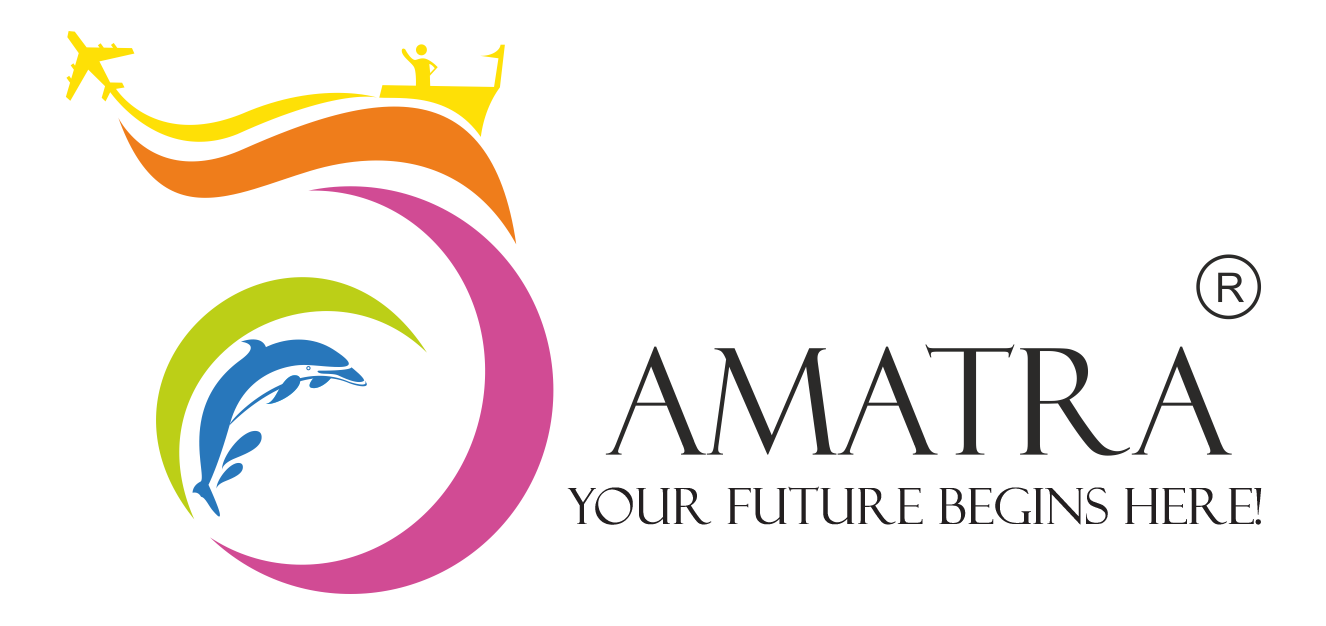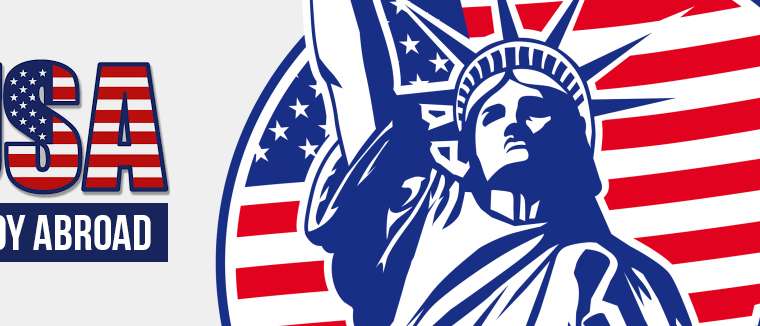Most Indian students wish to study in Canada, solely because of the high level of education, employability and also the prospect of getting settled there itself. But, again, there are many things to be considered while doing your research.
Here’s a comprehensive guide to resolve all your doubts about the same.
Canada is becoming the most interesting study abroad destination for students from across the world, especially from the Indian sub-continent. Canada has become a dream destination for many students and the number of Indian students applying for Canadian student visas has risen tremendously in the recent years. With more and more students aiming to get a degree from Canada, having a thorough understanding of the admission intakes for Canada and the tentative course commencement dates for both the annual intakes (spring and fall) is integral for prospective students.
Here, we provide a comparative study of the two intakes offered by colleges in Canada
Intakes in Canada: Spring vs Fall
There are basically two different intakes for admission to Canadian universities.
The classes for the fall intake begin in September and last till December. And, this is the more popular intake preferred by most students across the world.
The classes for the spring intake generally begin in the month of January and the semester lasts till May.
Admission for both the intakes begin around 6 months prior to the tentative date of course commencement.
Students need to know that like in the USA, in Canada, too, most of the colleges and universities offer most of their programs for the Fall Intake ie., for the September season, and not many are courses are available for the spring season.
Here are a few differences between the Fall and Spring intakes:
- Many course and programs which are available for the fall intake are not available for spring intake.
- A significant number of the top universities do not offer any programs for spring intake
- A lower number of students apply for the spring intake as compared to the fall intake.
- The class size for spring intake is generally smaller than the class size for courses and programs in the fall intake due to a smaller number of applicants.
- Also, there is more of financial aid available, and also better internships are on offer during the Fall season.
Important Application dates
The start of the application date varies across different universities and institutes in Canada. Usually, the application process starts at least 6 months prior to the commencement of classes in the universities and varies with programs of study.
Admission to the top schools in Canada may be tough. Students are recommended to apply at least 10-12 months before the start of classes if they wish to get into the top universities in Canada.
The recommended application methodology for fall applicants is:
June – August: Candidates should select and shortlist 6-10 prospective universities for study in Canada in the preferred programs of study.
June – November: Candidates must appear for the requisite exams for masters such as GRE, GMAT. Also, candidates need to give any of the English language proficiency exams such as TOEFL iBT, IELTS Academic or PTE Academic depending on the requirement of the selected schools.
August – December: Candidates must start their application process to the shortlisted programs and universities with the required documents like statement of purpose, essays, exam scores, and other documents. The SOP and the letters of recommendation should be submitted well before the application deadline. The application deadline generally varies for different programs across different universities.
November – April: This is the time when colleges and universities correspond with the students. Candidates need to reply to any emails or other forms that the universities send. This is also the time when most universities send out acceptance letters with the tentative dates which is dependent upon the proposed program of study as well as the time of application. Candidates therefore may need to provide their confirmation, deposit any enrolment fee and/or appear for interviews prior to admission confirmation.
April – July: During this time, candidates need to settle all money-related matters including applications for student loans. Once, this is done the University of study will provide assistance in obtaining the student visa and permit for the duration of study in Canada.
Course commencement
Dependent upon the type of intake, the programs available at Canadian universities have two different commencement dates- either fall semester or the spring semester intake.
Accordingly, the academic session is divided into two terms – the first, or fall, is from September to December, and the second, or spring, is from January to May.




